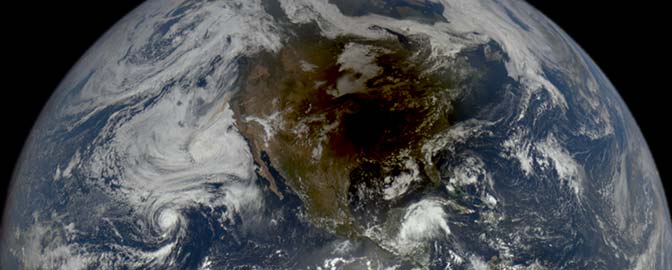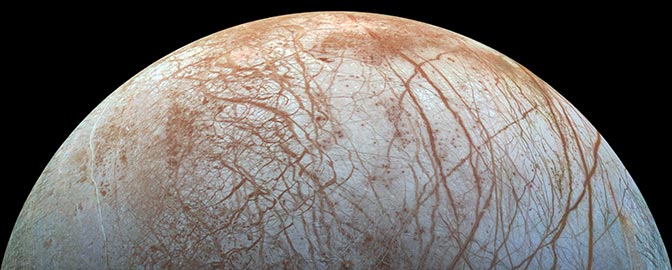What’s up in the night sky: June 2024
Welcome to our night sky monthly feature where we focus on easy and fun things to see in the night sky, mostly with just your eyes. This month: six planets in the predawn, and the Moon visits a lion.
First week of June: six planets are lined up in the predawn east, but only two will be easy to see: reddish Mars in the east and yellowish Saturn above Mars. Very bright Jupiter is very low to the eastern horizon, as is nearby bright Mercury. They are extremely close together on June 4. A telescope will probably be needed to see Uranus and definitely to see Neptune. The crescent Moon will be near Mars on June 2.
All month: Yellowish Saturn is high in the pre-dawn east rising higher as the month goes on.
All month: Reddish Mars is in the predawn east below the similarly bright Saturn, and getting higher as the weeks pass.
All month: Jupiter starts the month extremely low to the predawn horizon but gets much higher by month’s end.
June 2: Moon near Mars.

June 4: Super bright Jupiter and bright Mercury are very close together very low to the eastern horizon in the predawn.
June 6: New Moon
June 11: In the evening west the Moon is near Regulus, the brightest star in the constellation Leo.

June 22: Full Moon
June 27: Moon very near Saturn

Learn more about the Night Sky
Our journey to know the Cosmos and our place within it starts right outside our windows, in the night sky. Get weekly reports on what's visible and learn how to become a better backyard observer.

Bruce Betts
Chief Scientist / LightSail Program Manager for The Planetary Society
Read more articles by Bruce Betts


 Explore Worlds
Explore Worlds Find Life
Find Life Defend Earth
Defend Earth


